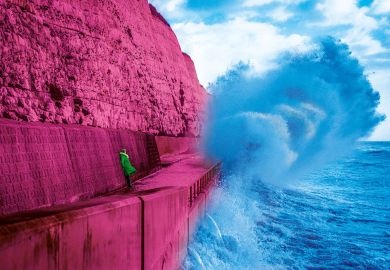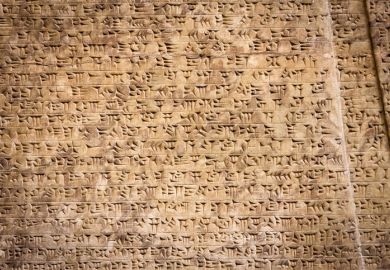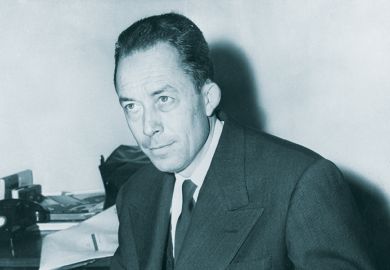The juvenile scribblings of figures such as Picasso and da Vinci are interesting because they reveal latent genius, but also because they show young minds at work: making mistakes, revealing weaknesses - all free of the adult autobiographer's revision or mediation. In writing of their own lives, however, it seems that poets choose to omit discussions and analyses of their apprenticeship to the art. W. B. Yeats, in the chapter "Reveries over childhood and youth" in his Autobiographies , makes no effort to connect the mind of the boy and young man to that of the Archpoet. At the beginning of World Within World , Stephen Spender states that an autobiographer's inclusion of his childhood and early youth "is surely an unnecessary convention".
Possibly, such eschewal of irrelevant or embarrassing beginnings is the rule in the autobiographies of poets because one's objective is to eternalise the reputation they tried so hard and long to establish. The poet Jon Stallworthy understands this, why one should choose not "to make a display of the illegitimate offspring of (one's) apprentice years". However, Stallworthy is also an Oxford don and prize-winning biographer of Wilfred Owen and Louis MacNeice, and in his autobiographical Singing School: The Making of a Poet he allows his poetic self to be exposed and scrutinised by his scholarly self. It is the story of a youth's journey into poetry, complete with zeal, sentimentality, imitation, failure - but also passion, intelligence and talent.
Stallworthy structures the narrative of the first 25 years of his life in poetry according to the seven disciplines of the ancient Irish Singing Schools. Pre-dating Christianity in Ireland, these schools trained poets over a seven-year period on genealogy, mythology, place-name lore, Latin and public performance. Each chapter analyses the influences on Stallworthy's young mind, from his earliest aural memories of nursery rhymes, to the poets and poetic forms he emulated and departed from, to the mentors who encouraged him to absorb, live and practice the art.
Recognition of his calling struck early. By the age of eight, he knew that "what (he) most wanted in the world to do was to write poems". And remarkably, presciently, the boy began to chronicle his efforts in diaries, notebooks and letters. Stallworthy reconstructs the narrative not simply from memory and perception, but from the actual artefacts of his young life.
There is an "anthology" of 54 lyric poems cut and pasted from other books at the age of ten, and observations from an undergraduate diary "cross-stitched with useless revisions". Most instructive and abundant are his own poems, which he frequently reproduces to illustrate his changing poetic selves. He often pokes fun at his younger self. One of his early mentors, commenting on his effort to portray dying love in Spenserian form, wrote to him: "The subject is drawn too much from literary recollections: the feeling of passion - horrid word! - is rarely there." Stallworthy yields the juvenilia that other poets have expunged. He celebrates this natural part of creative development. Doing so serves his subject: the exploration of apprenticeship.
The final chapter is perhaps the most interesting because it seems to represent the end of his early training under the tutelage of Yeats's ghost - and a lively Mrs Yeats. It describes his work, as an Oxford graduate student, on Yeats's manuscripts. With the help of Mrs Yeats at her kitchen table in Dublin, he infers and argues that the poet's revisions in The Variorum Edition of the Poems tended to reduce the personal in the successive stages of a poem's composition. Despite accomplishing what would become the basis of his first scholarly book, Between the Lines: Yeats's Poetry in the Making (1963), the most meaningful lesson Stallworthy learned from the master was to balance content and form. He leaves Dublin knowing that the poems he would write would always mean more to him than those he studied.
One hopes for a Volume 2 covering this poet's frank remembrance of his adult self. Without doubt, further self-exploration of his development would be instructive, especially as it would examine decades of creative and academic dedication to the art, including eight collections of poetry (most recently, Rounding the Horn: The Collected Poems ), many years as a poetry editor at Oxford University Press and his biographies of Owen and MacNeice. One also hopes, as Stallworthy modestly does himself, that Singing School will encourage "better poets to write better accounts of their apprenticeships".
Gregory LeStage has a DPhil from the University of Oxford.
Singing School: The Making of a Poet
Author - Jon Stallworthy
ISBN - 0 7195 5715 1
Publisher - John Murray
Price - £16.99
Pages - 246
Register to continue
Why register?
- Registration is free and only takes a moment
- Once registered, you can read 3 articles a month
- Sign up for our newsletter
Subscribe
Or subscribe for unlimited access to:
- Unlimited access to news, views, insights & reviews
- Digital editions
- Digital access to THE’s university and college rankings analysis
Already registered or a current subscriber? Login



